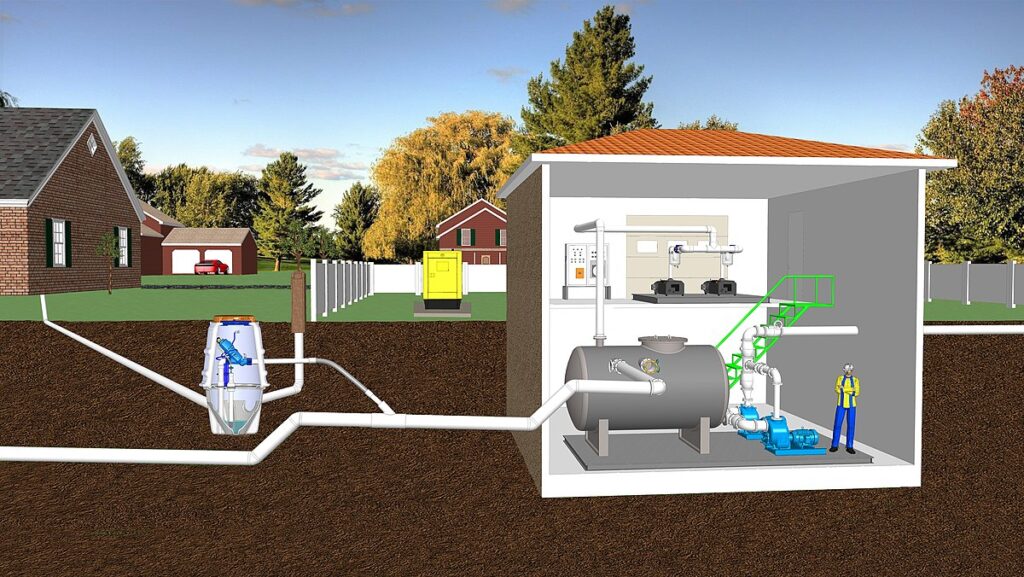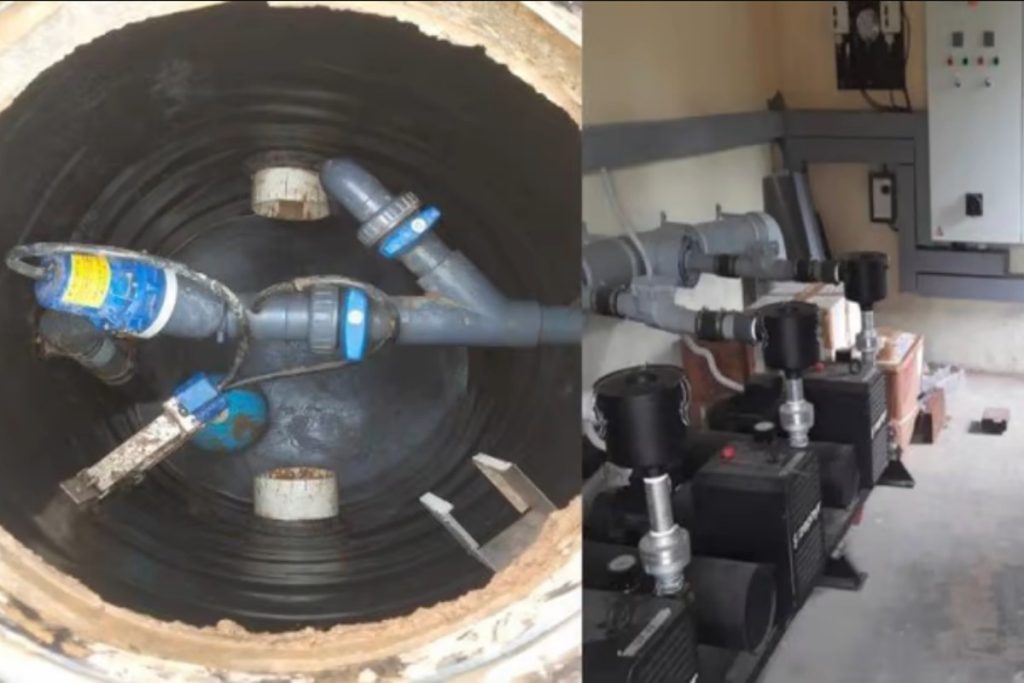Uttar Pradesh’s Agra, the city that houses the world-famous beautiful Taj Mahal, is now becoming famous for something else – for tackling sewer near the Taj with latest technology. It is in news for becoming the first city in the country to introduce vacuum-based sewers in public places.
A low line area near the Taj Mahal was creating problems for sewer disposal as traditional sewers do not work here. So, Agra Smart City mission looked for other ways and installed the country’s first vacuum sewer system at Taj Ganj and now sewer is getting managed very efficiently. The overall cost of this project is around 100 crores.
Indian Masterminds interacted with Agra Municipal Commissioner Nikhil T. Funde, IAS, and Smart City officials to get more details on this.

THE TECHNOLOGY
This technology was invented in Netherlands and involves installing a vacuum sewer system,where the automatic sewer gets emptied and there is no choked system. This system is now being implemented in Agra Smart City, where 60 thousand houses are connected to a 50-km long sewer line. In these, there are 240 houses that are below the low-line area, i.e., below the road level. Sewer from these houses could not reach the sewer network through gravity. That is why the Smart City administration was looking for an alternative way and zeroed in on the vacuum sewer line and network offered by the Netherlands company, Quavek.

VACUUM SEWER
This vacuum sewer system works in the same way as vacuum pressure cleaning in small homes. In this sewer, 112 chambers have been installed where sensor is attached. The vacuum sewer system will automatically issue an alert if there is a choke or any such problem.
Speaking to Indian Masterminds, IAS officer Nikhil T Funde, Municipal Commissioner of Agra, said, “This vacuum sewer is generally used in low land area, where gravity sewer is not possible. Conventional sewers do not work because of the slope. We are the first city in the country where vacuum-based sewer has been used. At present, this technology is being used in low-lying areas. Its maintenance and complete care for up to five years will be done by the Netherlands company.’’
Executive Engineer, Civil, RK Singh told Indian Masterminds, “Normally, we use gravity sewer and wherever it is not possible, we leave that area. But this particular area was in the streets around the Taj Mahal, so we introduced vacuum sewer, the first time it was used in public area in the country. Earlier it was used for a very less time in Goa, but for commercial and individual purposes. It is a technology from Netherland.”

HOW IT WORKS
Explaining how the technology actually works, Mr. Singh said that it has a pumping station that works with a vacuum sewer. Pumpsets with large motors are connected to the sewer chambers through pipes. In that tank and the adjoining pipes, vacuum is created.The sewer’s chambers are connected to them. Whenever a chamber gets filled to a level, then that chamber automatically opens with the help of the censors installed there. And the vacuum pressure goes from negative to positive. And at that moment, it sucks up the whole filth. As soon as the chamber gets emptied, the valve closes and again creates negative pressure. When the sewer is in spate or if any garbage gets stuck, then the sensors fitted in them get activated automatically. With many big motors, the water is pulled and collected in a tank and later discharged. It can be commanded and controlled from anywhere by remote.
“The advantage of it is that it is not necessary for us to go there to see whether the sewer is working or not. Now we can see it from anywhere by connecting it to our mobile. Signals come from the sensors, and we get to know immediately,” he said.
Explaining further, Vice President, Agra Smart City Mission, Mr. Anand Menon said, ‘’All the chambers are equipped with GIS-based sensors which will help pinpoint the location of the chamber and the problem. The sensor will issue an alert in case of vacuum sewer network choke or any other problem. The location and problem will be detected by the GIS based sensor on the laptop, online itself,and it can be fixed immediately. The Netherlands-based company will maintain the vacuum sewer network for 5 years.”

Agra led, Kochi to follow. After the success of the vacuum sewer system in Agra, Kochi Municipal Corporation is planning to start using it now.

































